Christof Wunderlich
Q-Match: Iterative Shape Matching via Quantum Annealing
May 06, 2021
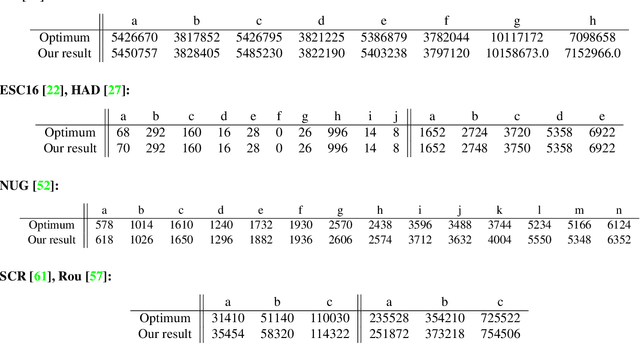
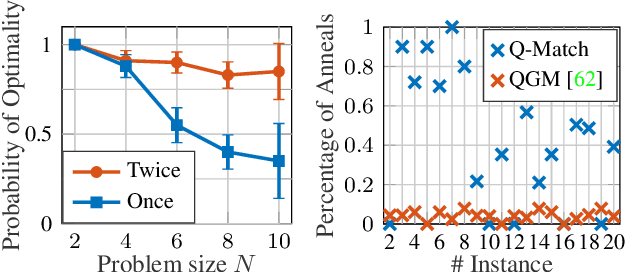
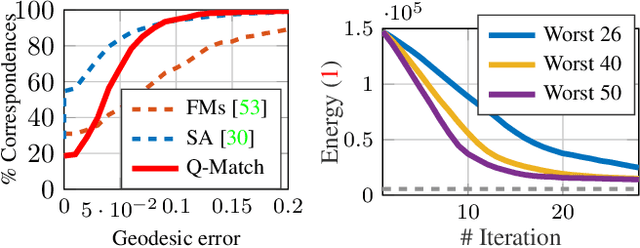
Abstract:Finding shape correspondences can be formulated as an NP-hard quadratic assignment problem (QAP) that becomes infeasible for shapes with high sampling density. A promising research direction is to tackle such quadratic optimization problems over binary variables with quantum annealing, which, in theory, allows to find globally optimal solutions relying on a new computational paradigm. Unfortunately, enforcing the linear equality constraints in QAPs via a penalty significantly limits the success probability of such methods on currently available quantum hardware. To address this limitation, this paper proposes Q-Match, i.e., a new iterative quantum method for QAPs inspired by the alpha-expansion algorithm, which allows solving problems of an order of magnitude larger than current quantum methods. It works by implicitly enforcing the QAP constraints by updating the current estimates in a cyclic fashion. Further, Q-Match can be applied for shape matching problems iteratively, on a subset of well-chosen correspondences, allowing us to scale to real-world problems. Using the latest quantum annealer, the D-Wave Advantage, we evaluate the proposed method on a subset of QAPLIB as well as on isometric shape matching problems from the FAUST dataset.
Speeding-up the decision making of a learning agent using an ion trap quantum processor
Oct 23, 2017
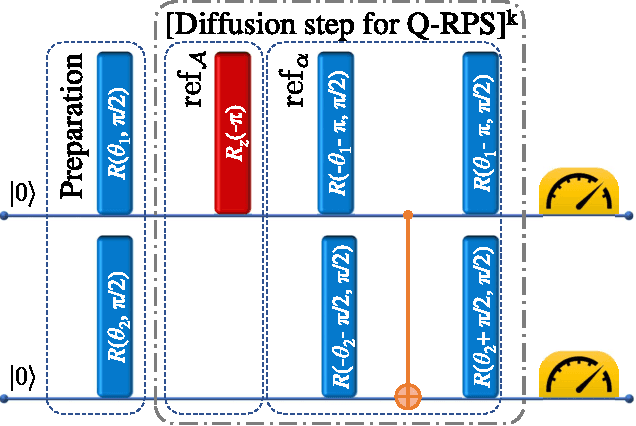
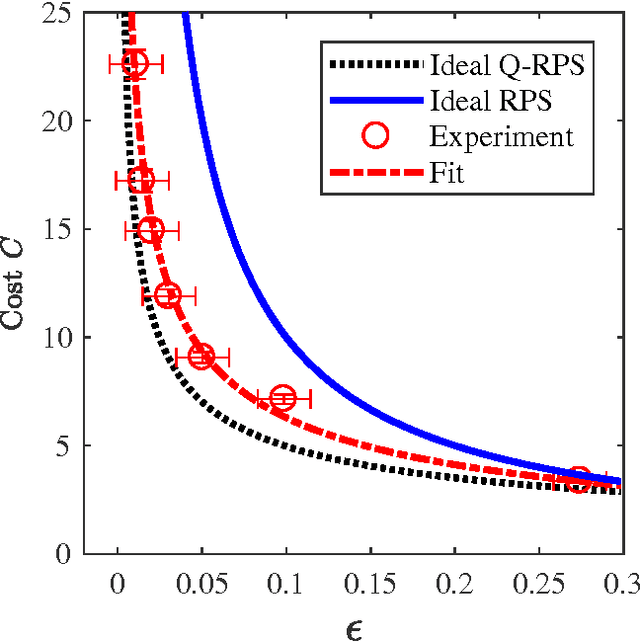
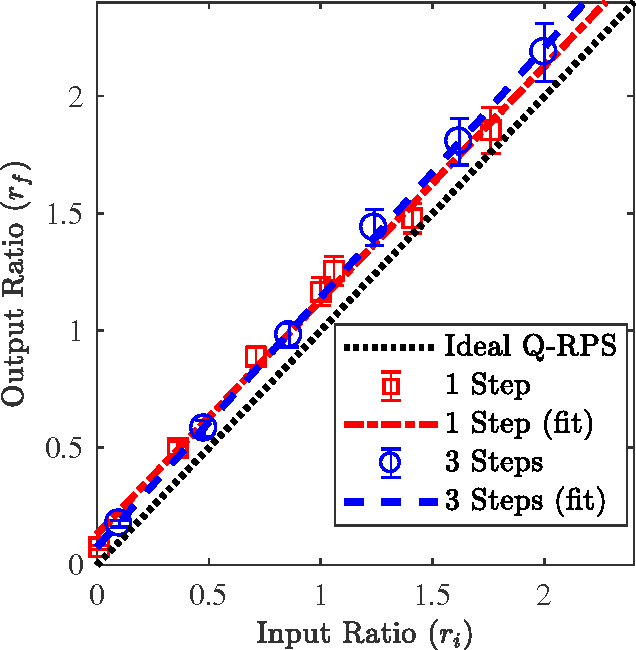
Abstract:We report a proof-of-principle experimental demonstration of the quantum speed-up for learning agents utilizing a small-scale quantum information processor based on radiofrequency-driven trapped ions. The decision-making process of a quantum learning agent within the projective simulation paradigm for machine learning is implemented in a system of two qubits. The latter are realized using hyperfine states of two frequency-addressed atomic ions exposed to a static magnetic field gradient. We show that the deliberation time of this quantum learning agent is quadratically improved with respect to comparable classical learning agents. The performance of this quantum-enhanced learning agent highlights the potential of scalable quantum processors taking advantage of machine learning.
 Add to Chrome
Add to Chrome Add to Firefox
Add to Firefox Add to Edge
Add to Edge